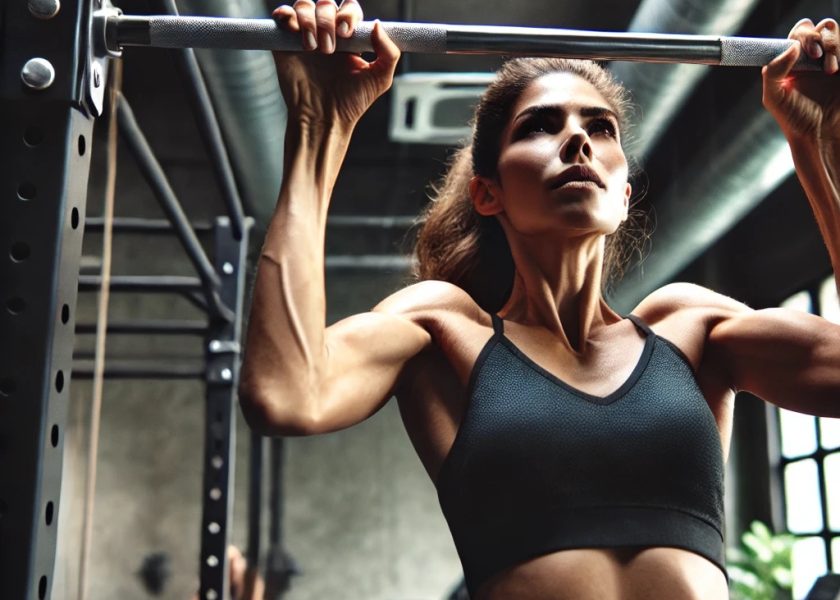When it comes to strength training, many people focus on classic compound movements like squats and deadlifts. But there’s one area that often gets overlooked: single-leg work. Incorporating single-leg exercises into your routine isn’t just about balancing out your workout—it’s about building strength, stability, and overall athleticism.
What Is Single-Leg Work?
Single-leg exercises involve movements that engage one leg at a time, such as lunges, step-ups, Bulgarian split squats, and single-leg deadlifts. These exercises require balance, coordination, and strength, making them an essential component of any well-rounded fitness program.
Benefits of Single-Leg Work:
1. Improves Balance and Stability:
Single-leg exercises challenge your balance, activating stabilizer muscles that don’t get as much attention during bilateral (two-legged) movements. This improved stability enhances overall coordination and reduces the risk of falls and injuries, especially as we age.
2. Corrects Muscle Imbalances:
Most people have a stronger, more dominant leg, which can lead to muscle imbalances and increase the risk of injury. Single-leg work helps identify and correct these imbalances by targeting each leg individually, ensuring balanced strength and muscle development.
3. Enhances Athletic Performance:
Sports and daily activities often require single-leg strength and power—think about running, jumping, or even climbing stairs. Single-leg training improves functional strength, making you more powerful and efficient in real-life movements.
4. Reduces Injury Risk:
By strengthening stabilizer muscles and correcting imbalances, single-leg exercises help protect your knees, hips, and lower back from common injuries. They also promote joint stability and mobility, which are crucial for injury prevention.
5. Boosts Core Strength and Coordination:
Balancing on one leg requires significant core engagement, which enhances overall core strength and stability. This translates into better posture and more efficient movement patterns.
Examples of Effective Single-Leg Exercises:
• Lunges (Forward, Reverse, and Walking) – Great for building quad, glute, and hamstring strength.
• Bulgarian Split Squats – A powerful move for quads, glutes, and core stability.
• Single-Leg Deadlifts – Excellent for hamstrings, glutes, and balance.
• Step-Ups – Functional movement for building explosive power and stability.
Incorporate Single-Leg Work Into Your Routine
Adding single-leg exercises to your workout doesn’t mean overhauling your entire routine. Simply include one or two moves in each session to complement your bilateral lifts. Start with bodyweight variations to master your form and balance, then gradually add resistance as your strength improves.
The Bottom Line
Single-leg work isn’t just for athletes—it’s for anyone who wants to build balanced strength, improve stability, and reduce the risk of injury. Whether you’re aiming to enhance athletic performance, support functional movements, or simply get stronger, incorporating single-leg exercises into your routine is a smart and effective strategy.
Ready to get more balanced and powerful? Start integrating single-leg work into your workouts today!





